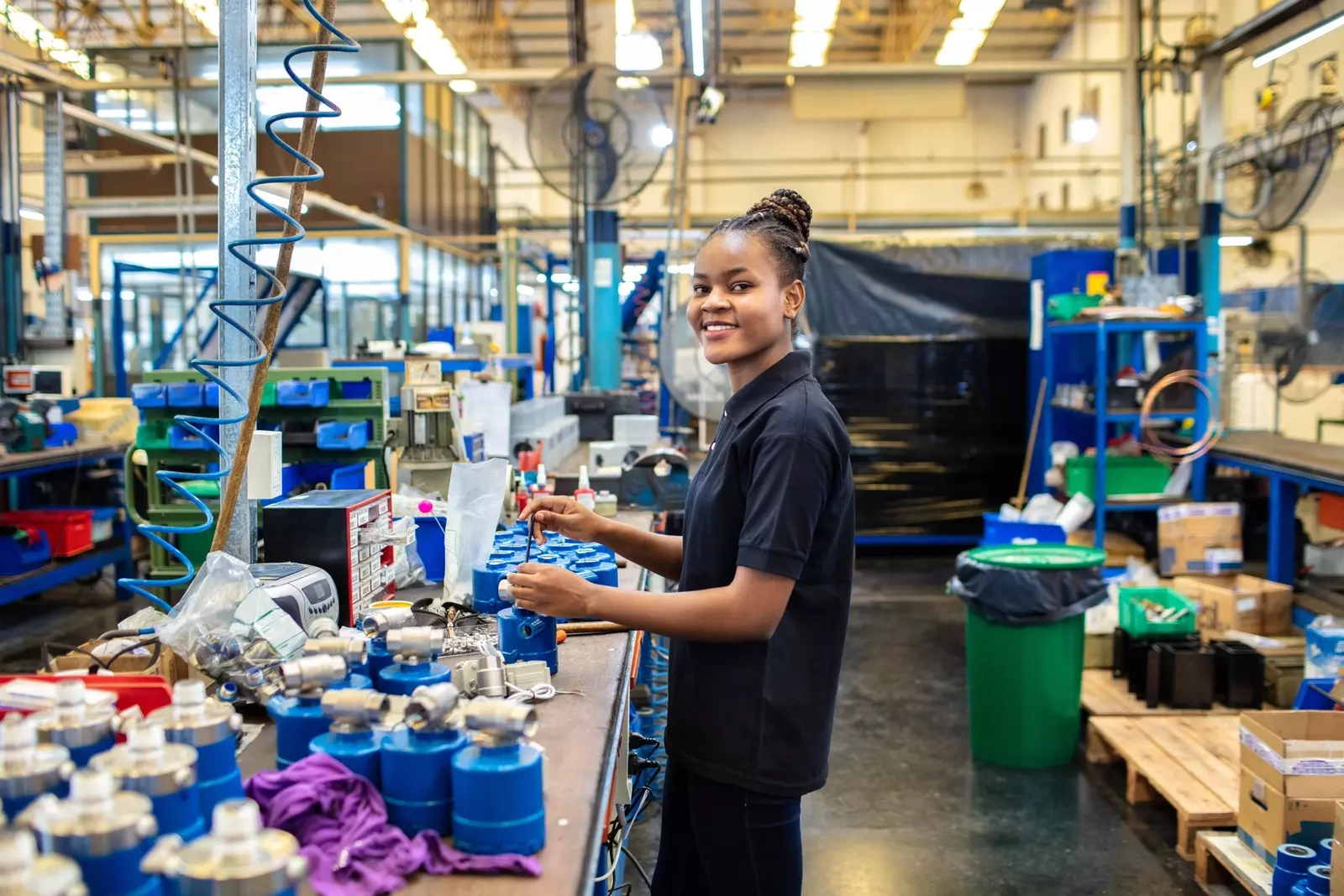Did you know that of all the major industries in the U.S., manufacturing has the lowest levels of employee engagement?
According to Gallup’s State of the American Workplace, only 25% of manufacturing workers are “engaged”, lower than every other major occupation. In other words, 75% of manufacturing workers are “not engaged” or worse, actively “disengaged”. Since this report was published well before the COVID-19 pandemic, one could argue engagement levels have likely changed.
And the numbers are unlikely to have changed for the better. Consider the implications of the pandemic. For most of us, our lives changed dramatically almost overnight. From how and where (or if) we work, to how and where our children are educated, with limitations on our movements and new fears and anxieties about potential illness.
The impact has been greater for the frontline essential manufacturing employees who kept working. Jobs and workplaces have transformed with new procedures and protocols, personal stressors have increased due to school/daycare closings, not to mention partner/spousal job loss or changes. The picture painted may seem dire, an unengaged workforce experiences tremendous change and uncertainty. Not exactly a great time to fix the employee engagement problem plaguing the manufacturing industry, right?
Wrong, now is the ideal time.
Employee Engagement Isn’t Rocket Science
Manufacturers are used to solving complex problems, and while the industry currently faces massive, unforeseen complexities, addressing the employee engagement situation shouldn’t be the most challenging. In fact, the solution is straightforward:
To drive improvement in employee engagement, manufacturers must focus on improving the employee experience.
But first, manufacturers must recognize the pandemic has created a new employee experience and understand that this new experience extends beyond the workplace, as the dynamics of our personal lives now have a greater influence on our work lives.
Actions Speak Louder Than Words
This is easier said than done, so get started with three actionable steps that can be deployed now to accommodate the new employee experience:
1. Address health and safety concerns
While employee safety has always been a focus for manufacturers, the stakes are higher than ever as many essential businesses remained operational the last few months. Frontline employees who leave the safety of home need to feel confident their employer is doing everything it can to protect them from risk and illness.
To promote social distancing, make adaptations to employee shift and production schedules. For example, extend time between shifts to allow for enhanced sanitation procedures, and stagger shift start and end times to reduce foot traffic at the door (or timeclock). Also, schedule employees into small groups or pods to limit employee interaction. Employee scheduling tools can make it easier to deploy schedules and shifts which ensure production demands are met while social distancing is maintained.
2. Provide flexibility to support work-life balance
As the pandemic evolves, and new demands emerge in our personal lives, employees may require flexibility with their work schedules. When managers think of flexibility, the first thing that comes to mind is “working from home”, which is not an option for a frontline manufacturing worker. However, there are other ways to provide flexibility for the frontline workforce.

Start by enabling employees to easily make changes to their work schedules as needed, such as take a day off or to swap shifts with a co-worker. Leveraging modern workforce management technology can streamline this process as employees can complete such actions from their mobile devices. It’s a win-win for both the employer and employee as the business ensures necessary coverage and the employee gets the flexibility needed to attend to personal matters.
3. Offer financial wellness options
While financial stress is not a new dynamic for most people, it’s been exacerbated for many during this time. According to Salary Finance, 32% of workers run out of money before pay day. Not having access to cash to pay bills, fix a broken car, or take care of family needs is stressful. Employees may be experiencing added financial pressures with loss of income or increased expenses due to the pandemic.
Employers can help by offering financial wellness options such as access to financial coaching programs to support budgeting or savings plans, or by providing same-day or on-demand access to earned wages, which can help reduce financial strain. With real-time employee time and attendance data and a financial wellness partner, this option can be quickly deployed to assist employees in need.
Why Employee Engagement Matters Now
The manufacturing employee engagement problem will not be solved overnight. Nor is it as simple as taking the 3 steps outlined above, but it’s a starting point. Improvement will come as result of action, and manufacturers need to act now. If the crisis has taught us anything, it’s that a safe and productive workforce is critical to maintaining business continuity. We need our people as much as they need their jobs. It’s time to start taking care of them.
For additional ideas on how to empower and engage your frontline manufacturing workforce, check out this on-demand webinar Exploring modern leadership practices to create a thriving culture.



